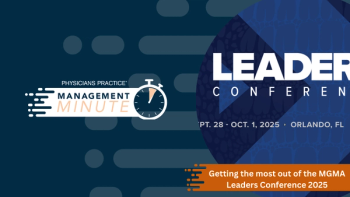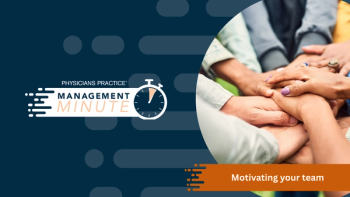
Digital Fax: Updating the outdated to improve interoperability and staff efficiency
Full interoperability remains a goal rather than a reality.
Full interoperability among electronic health records (EHR) remains a goal rather than reality for the healthcare industry. EHRs represent a myriad of clinical terminologies, technical specifications and functional capabilities. Sharing information within the same system can be relatively easy; with outside systems, not so much. There is little incentive in the market for EHR companies to make their technology compatible with every system, and the vast majority of healthcare data is still faxed, printed, scanned, and manually entered into the EHR. The fax machine remains an almost jarringly archaic solution in a healthcare landscape that must adapt to rapidly developing healthcare communication technologies.
According to the
Read More:
Obviously, any technology that reduces the amount of time that a physician or staff member in a healthcare setting spends manually reviewing and routing documents and then manually inputting data contributes to the creation of a streamlined workflow that helps improve productivity and drive critical operational efficiencies. Cloud-based fax, along with AI-driven technologies, is playing a crucial role in bridging these interoperability gaps, continually improving processes that will, ultimately, bring us closer to the goal of full interoperability.
Cloud-based, digital fax has evolved beyond what anyone could have anticipated and is almost unrecognizable from what is usually understood under the term “fax”. Digital fax companies are driving the move from paper to secure, point-to-point paths for exchanging data, partnering with both practices and EHR companies to do so. Innovations enabled by digital fax technology are creating new applications that add real business value by streamlining processes and saving time, and in ways that defy the negative connotations around faxing.
Physician’s practices can implement cloud fax technology to modernize their document processing capabilities without making changes to their existing health IT infrastructure. Existing fax numbers can be easily ported to a digital fax service, with the following benefits:
- Enable fully digital exchange of patient information to and from the EHR and other healthcare applications, regardless of the type of HIT system implemented, in a secure, encrypted, HIPAA-compliant way. No need for point-to-point interfaces, APIs, or other interoperability methods.
- Eliminate traditional on-premise fax infrastructure, reducing associated manual work and costs.
- Improve the security of protected health information (PHI).
What practices may not know is that digital cloud fax can now also allow them to automatically classify inbound documents, such as referrals or prior authorizations. Once a document is "understood" as well as digitized, it becomes possible to route it to the appropriate department or person, serve it up to the EHR, and make it available to a payer.Additional functionality includes the identification and extraction of data within the document, allowing intelligent indexing of documents so they can be linked to, and accessible from, the appropriate patient record.
Trending:
Other potential benefits include ready access to newly liberated data that can one day be made available for reporting, analytics, research, and the development of complete and accurate patient records that follow individuals throughout their continuum-of-care.
Cloud-based fax and AI technology solutions to interoperability problems are not perfect, yet. They have not eliminated the need for human oversight and work still needs to be “checked.” However, the potential for a full transition from analog to digital faxing is enormous. EHRs and PHI, updated in all but real time and as care is delivered, through systems that easily share information and help organize it with a high degree of accuracy, impart benefits to all stakeholders: clinicians, staff and, most importantly, patients.
Newsletter
Optimize your practice with the Physicians Practice newsletter, offering management pearls, leadership tips, and business strategies tailored for practice administrators and physicians of any specialty.














